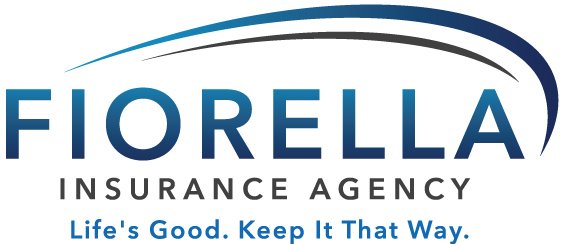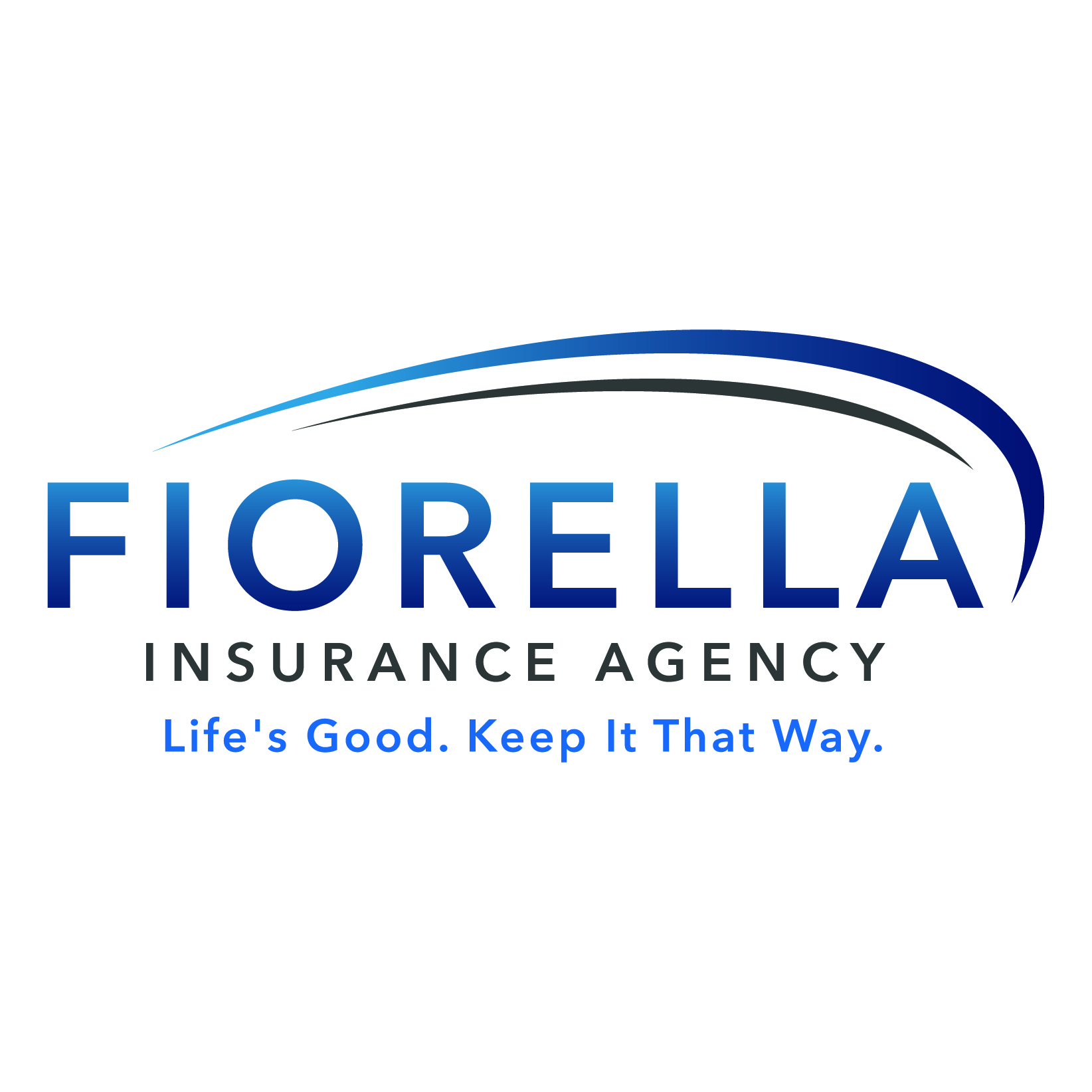When considering how much can you make to qualify for Obamacare, it’s essential to understand the income requirements and eligibility criteria that determine access to premium tax credits. In this blog post, we’ll look into the particulars of getting Obamacare by examining factors such as income limits compared to the federal poverty line and state-specific Medicaid growth.
We will also explore how ACA subsidies work, including their function as advanced payment against annual taxes and which types of individuals stand to benefit most from these health insurance subsidies. In addition to discussing how much can you make to qualify for Obamacare, our analysis extends beyond traditional ACA plans by highlighting alternative healthcare solutions like Mira’s healthcare membership options.
Lastly, we’ll address catastrophic plans tailored specifically towards younger individuals along with coverage limitations and benefits they entail. State-specific tax credit programs are not left out either – learn about states offering additional support through examples and resources provided within this informative piece.
Table of Contents
- How Much Can You Make to Qualify for Obamacare
- How ACA Subsidies Work
- Factors Affecting Your Subsidy Amount
- Unemployment and No-Cost Plans
- Alternative Healthcare Solutions
- State-Specific Tax Credits
- Conclusion
How Much Can You Make to Qualify for Obamacare
How much can you make to qualify for Obamacare? To qualify for premium tax credits under the Affordable Care Act (ACA), your income must be below 138% of the federal poverty level, and you must reside in a state with expanded Medicaid coverage. These subsidies help millions of Americans afford health insurance premiums by offering them as tax credits rather than direct discounts applied at enrollment time each year.
Income Requirements Relative to the Federal Poverty Level
When discussing “how much can you make to qualify for Obamacare”, your eligibility for health insurance subsidies depends on your household income and its relation to the federal poverty level. An individual earning between $12,880 and $51,520 annually or a family of four with an income ranging from $26,500 to $106,000 may be eligible for subsidies under the ACA.
Importance of Residing in States with Expanded Medicaid Programs
The availability of premium tax credits also relies on whether your state has chosen to expand its Medicaid program under the ACA. In states that have not expanded their programs (currently 12 states), individuals earning below 100% of the federal poverty level might not qualify for any assistance through either Medicaid or Marketplace subsidies. Therefore, it is crucial to research your state’s specific rules regarding Medicaid expansion.
How ACA Subsidies Work
The Affordable Care Act (ACA) subsidies are designed to help eligible individuals and families afford health insurance by offering financial assistance in the form of premium tax credits. These credits function as advanced payments against an individual’s annual taxes, rather than being discounts applied directly during enrollment periods each year.
The Role of Premium Tax Credits in Reducing Healthcare Costs
Premium tax credits are a key factor in enabling more Americans to access quality healthcare at an affordable price. By reducing the overall cost of health insurance premiums, these tax credits make it easier for people with lower incomes to access necessary care without breaking the bank.
Understanding Advanced Payment vs. Point-of-Sale Discount
- Advanced payment: The IRS pays your estimated credit amount directly to your chosen health insurance company on a monthly basis, lowering your out-of-pocket expenses throughout the year.
- Point-of-sale discount: A direct reduction in price at the time you purchase a product or service; this method is not used for ACA subsidies.
Understanding how ACA subsidies work can be beneficial when determining how much can you make to qualify for Obamacare and calculating potential savings on healthcare costs. With these advanced payments made towards one’s annual taxes instead of point-of-sale discounts, many individuals find that they can better manage their finances while still accessing quality medical care through subsidized plans under Obamacare.
Factors Affecting Your Subsidy Amount
Several factors can impact your subsidy amount, such as income levels and medical needs. For example, if someone has high medical expenses resulting in higher monthly premiums than their expected contribution from salary alone, they will receive a larger subsidy compared to someone with lower medical needs.
Medical Expenses Impacting Subsidy Amounts
The ACA’s premium tax credits are based on a sliding scale of household income and family size, with healthcare costs being an influential factor in the amount of assistance one may receive. The ACA uses a sliding scale based on household income and family size to calculate premium tax credits. As your healthcare costs increase due to chronic conditions or other health issues, so does the likelihood of receiving additional financial assistance through premium tax credits.
Income-Based Contributions Towards Health Insurance Premiums
The ACA sets a limit on how much individuals and families must contribute to their health insurance premiums based on their income. This means that as your income increases, so does the percentage of your household income you must contribute towards coverage before qualifying for premium tax credit assistance. To determine eligibility for these subsidies, it’s essential to accurately report your annual household income when applying through the Marketplace.
- Federal Poverty Level: Your eligibility is primarily determined by comparing your reported income against federal poverty level guidelines established each year by HHS (e.g., $12,880 for an individual or $26,500 for a family of four in 2023).
- Income Limits: To qualify for premium tax credits, your income must fall between 100% and 400% of the federal poverty level. An example for 2023 is that someone earning $51,520 or a family of four making up to $106,000 would qualify for subsidies.
It is important to understand the factors that can affect your subsidy amount in order to get the most out of Obama Care Insurance. Additionally, it’s also beneficial to be aware of unemployment and no-cost plans available for those who qualify during times of financial hardship.
Unemployment and No-Cost Plans
If you find yourself unemployed while receiving an Obamacare plan that includes subsidies, chances are high that you’ll automatically qualify for a no-cost plan due to changes in your financial situation throughout the calendar year. This is because your household income may fall below the required threshold for premium tax credits.
Qualifying Criteria for No-Cost Plans During Unemployment
- Your home earnings must not exceed 138% of the federal poverty line.
- You must reside in a state with expanded Medicaid coverage.
- You should report any changes in your employment status or income to the Marketplace as soon as possible to ensure accurate eligibility determination.
Reporting these changes promptly can help prevent overpayment of subsidies and reduce potential debts owed at tax time. It’s essential to keep track of your financial situation and update it accordingly on the Marketplace website or by contacting their customer service team directly.
Adjustments Made Based on Changing Financial Circumstances
The amount of health insurance subsidies provided under Obamacare depends primarily on an individual’s annual household income. When experiencing unemployment, this figure often decreases significantly, leading to higher subsidy amounts being granted through ACA programs like premium tax credits or cost-sharing reductions (CSRs). As such, staying proactive about updating personal information ensures access to appropriate healthcare coverage during challenging times without breaking the bank.
Alternative Healthcare Solutions
While Medicare remains an excellent option for those who need affordable healthcare coverage, alternative solutions like Mira’s healthcare memberships or unsubsidized catastrophic plans could also make sense depending on individual circumstances and needs. Catastrophic plans offer limited coverage but provide some financial protection against significant medical expenses resulting from accidents or severe illnesses.
Comparing ACA Plans with Mira’s Healthcare Memberships
- Affordability: Mira offers low-cost monthly membership fees compared to the premiums of many ACA-compliant health insurance plans.
- Coverage: While not as comprehensive as traditional health insurance, Mira provides access to primary care visits, urgent care services, and discounted prescriptions at participating pharmacies.
- Simplicity: Unlike navigating the complexities of the Health Insurance Marketplace, enrolling in a Mira membership is quick and straightforward without any eligibility requirements based on income level or tax credit availability.
Unsubsidized Catastrophic Plan Benefits and Limitations
Catastrophic health insurance plans are designed primarily for young adults under age 30 or individuals experiencing financial hardship. These high-deductible policies cover essential benefits required by the Affordable Care Act but have significantly lower monthly premiums than other options. However, they do not qualify for premium subsidies due to their minimal coverage levels. Some key points about these plans include:
- Limited preventive services are covered at no cost before meeting your deductible.
- High out-of-pocket maximums, which can be financially challenging for those with ongoing medical needs.
- No eligibility for premium tax credits or other ACA subsidies to offset the cost of coverage.
State-Specific Tax Credits
In addition to federal premium tax credits offered through the Affordable Care Act (ACA), state-specific tax credits may also be available based on your income level and location. It is important to research these options thoroughly before making any decisions about enrolling in a health insurance plan through the Marketplace.
How State-Based Credits Impact Overall Affordability
- Easing Financial Burden: State-specific tax credits can significantly reduce monthly premiums, making health insurance more accessible for individuals and families who might otherwise struggle to afford coverage.
- Bridging Gaps in ACA Subsidies: These additional programs help address some limitations within the ACA subsidy structure by providing further assistance tailored to each state’s unique needs and demographics.
- Potential Savings: By combining both federal premium subsidies from the ACA with state-level programs, eligible enrollees could potentially save hundreds or even thousands of dollars annually on their health insurance costs.
To determine eligibility for these various forms of assistance, it is crucial that you research your specific state’s requirements while considering enrollment in an ACA plan or alternative healthcare solution.
Conclusion
It’s essential to comprehend the income demands relative to the federal poverty level and state-specific Medicaid expansion when attempting to calculate how much can you make to qualify for Obamacare. The ACA provides assistance to those who qualify in the form of premium subsidies or tax credits, making health insurance coverage more accessible. It’s crucial to estimate your income accurately when applying for ACA subsidies as inaccurate information could lead to penalties or loss of coverage.




